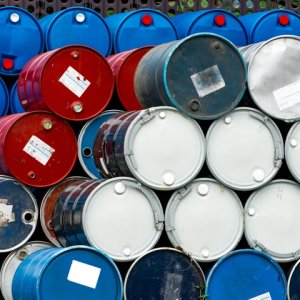Retail Sector in Radical Transformation

STORY INLINE POST
Q: How has the opening of the gasoline market affected ONEXPO’s members?
A: The opening to new brands has benefited Mexico’s service station owners by forcing us to professionalize our activities. We were used to always working with a single provider, buying at one fixed price and selling at another. As a result, we always knew what our margin would be. Because of the implementation of the Energy Reform and its secondary laws, the liquid fuel business has undergone a transformation to become more professionalized. We went from being operators to transforming ourselves into service station professionals. Now, we see that our activity demands very capable and professional human capital, with a view to not only selling gasoline but integrating different services at the point of sale.
Q: What is the difference between working as a franchisee for PEMEX or for large multinational companies?
A: In terms of operating the service stations, there has not been a big change because we already operate at very high standards. Nonetheless, the arrival of these new brands to Mexico has permitted service station owners to continue improving by adopting international best practices. A new model has been developing, accompanied by a higher degree of professionalization. Naturally the best practices these companies’ service stations introduce to Mexico have been tested in many countries around the world. This amalgamation of best practices will generate new models for service stations in the Mexican market.
Q: How has this situation fueled new dynamics of competition?
A: The most important winner is the consumer. Despite the absence of large price variations, we see very different value propositions per brand. We now see that every brand has a different model for administering and offering services, as well as different qualities of gasoline, payment methods, systems and technological tools. The scope of these differences even includes grocery stores and carwashes. I think these competing value propositions have been benefiting Mexican consumers on a daily basis.
Q: How do you think gasoline prices will behave in relation to competition?
A: We think that price goes hand in hand with the infrastructure that is under construction across the country. When international prices are in a downward trend, the exchange rate is favorable and the development of infrastructure in Mexico is somewhat more mature, then these factors will necessarily be reflected in lower prices for the service stations and hence for the consumer. I think it would be irresponsible on our part to make projections because today there are many infrastructure projects that have been announced but that will take at least a couple of years to be operational.
Q: Do you think the absolute number of service stations will grow rapidly?
A: We know that right now in Mexico there are more than 500 municipalities that do not have a gasoline station. We believe that a new model of service station could fill this gap. We also know that these new service stations, known as low-consumption stations, for rural areas or areas with a low population density, are being permitted by ASEA and CRE. In general terms, ONEXPO projects an orderly growth of around 6 percent per year in business units for the coming five years.
Q: In regional terms, where are you seeing the most difficulties for gasoline distribution?
A: The big challenge for us as gasoline businessmen is the center of the country. Around two-thirds of the gasoline used in Mexico is imported and most of the imported gasoline arrives by ocean tankers. The issue is how to get the gas from the ports to the center of the country. The center of the country is where more infrastructure is required.
























